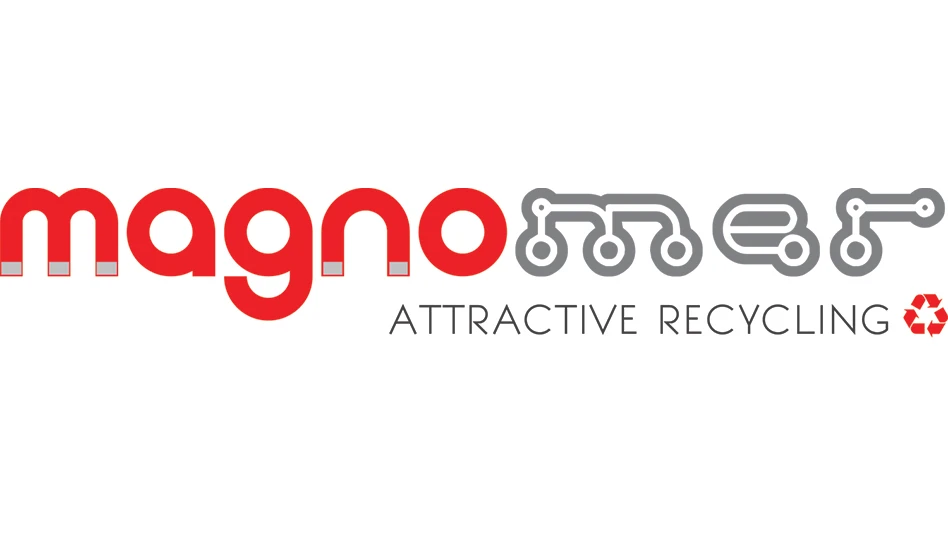
Photo courtesy of Ardagh Glass Packaging-North America
Ardagh Glass Packaging-North America, a division of Luxembourg-based Ardagh Group, has been awarded an Energy Star plant certification from the U.S. Environmental Protection Agency (EPA) for its glassmaking facility in Houston.
According to Ardagh, which has U.S. headquarters in Indianapolis, its Houston facility demonstrated to the EPA superior energy performance while performing within the top 25 percent of similar facilities nationwide for energy efficiency.
“Improving the energy efficiency of our nation’s buildings is critical to protecting our environment,” says Cindy Jacobs, chief of the Energy Star Commercial & Industrial Branch. “From the boiler room to the board room, organizations are leading the way by making their operations more efficient and earning EPA’s Energy Star certification.”
RELATED: SWACO commits to glass recycling in Ohio
The Houston site manufactures approximately 2 million glass containers per day for the U.S. beer market and has improved its energy performance by utilizing recycled glass, operating a highly efficient furnace and installing energy efficient lighting fixtures.
This is the second U.S. Ardagh glass manufacturing facility to earn an Energy Star certification this year. In January, the company’s Madera, California, site also was recognized by the EPA.
Ardagh also has its sight on improving its use of recycled content. In its most recently sustainability report, the company notes that in 2020 and 2021 it utilized 39 percent glass cullet in its U.S.-made products compared with 61 percent virgin material, while in Europe the company utilized as much as 68 percent cullet in the same period.
The company says its 2030 targets continue to focus on CO2 reduction and maximizing the use of recycled materials.
Latest from Recycling Today
- Haber raises $44M to expand to North America
- Canada Plastics Pact releases 2023-24 Impact Report
- Reconomy brands receive platinum ratings from EcoVadis
- Sortera Technologies ‘owning and operating’ aluminum sorting solutions
- IDTechEx sees electric-powered construction equipment growth
- Global steel output recedes in November
- Fitch Ratings sees reasons for steel optimism in 2025
- P+PB adds new board members





